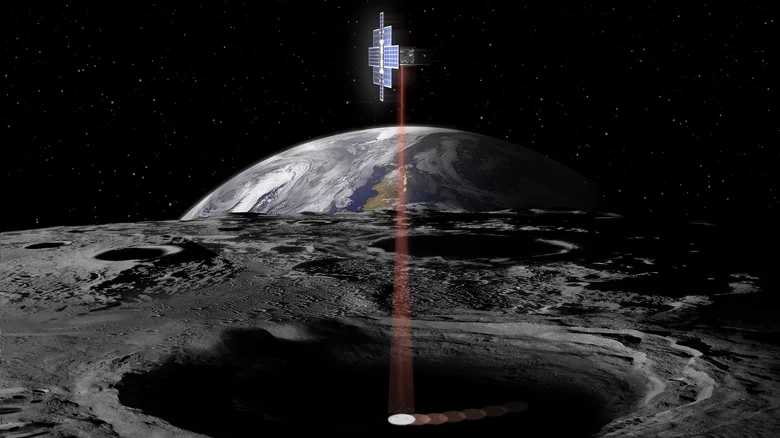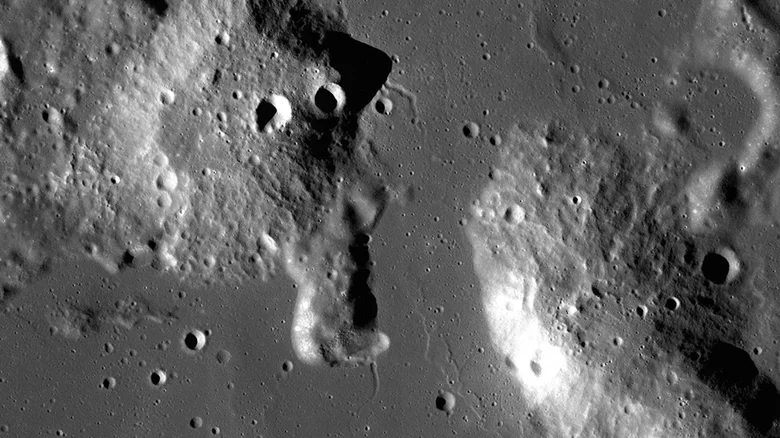When NASA was preparing for a series of Artemis missions to the moon, the plan to send astronauts back to the moon for the first time in more than 50 years became the front page of major media But this series of missions will also include a lot of scientific research, because people still have a lot of knowledge about the moon and its surrounding space to learn

In Artemis I, the first Artemis unmanned mission around the moon, the team will test NASA's space launch system rocket and its Orion spacecraft; There will also be a large number of scientific experiments on the spacecraft. These include several small satellites, called cubesats, which will perform various functions; There is a near Earth Asteroid scout, which will observe asteroids flying near the earth to see if humans can visit an asteroid in the future; There is also a cube satellite of solar particles, which will study the radiation emitted by the sun; Finally, there is a Japanese cube satellite named omotenashi (outstanding lunar exploration technology demonstrated by the nano semi-hard impactor), which will land on the lunar surface and measure the radiation environment there.
In addition, there are further experimental plans to study the moon itself. At present, an important task of lunar research is to find useful resources, such as water ice, which is very important for manned missions in the future. Several satellites are dedicated to searching for water ice, such as the lunar icecube, which is designated to search for possible locations of water ice around the moon, the lunar polar hydrogen mapping instrument that will also help search for water ice, and the lunar flashlight, which will use near-infrared lasers to search for water ice.

In addition to all the scientific information that will be sent during NASA's Artemis mission, the space agency is also working with private companies to further explore the moon. The commercial lunar payload service (CLPs) program will perform a series of missions to the moon to test lunar landers and payloads provided by commercial companies. In June, 2022, NASA announced two scientific experiments to be delivered as part of clips: one is to study the mysterious gruithuisen doors, named lunar vise; One is lunar explorer instrument for space biology applications (Leia) for biological research.
"These two selected studies will address important scientific issues related to the moon," said Joel Kearns, deputy director of exploration at NASA's Science Mission agency. "The first will study the geological process of early planetary bodies preserved on the moon by investigating a rare form of lunar volcanic activity. The second will study the impact of the low gravity and radiation environment of the moon on yeast, a model organism used to understand DNA damage response and repair."
Leia will bring a yeast called Saccharomyces cerevisiae to the lunar surface to observe how it adapts to the low gravity and high radiation environment there. The researchers hope that the data on how yeast behaves will help reveal the possible effects of long-term human stay on the moon, especially in genetics. According to NASA, the clips mission is planned to begin in the "early 2020's".